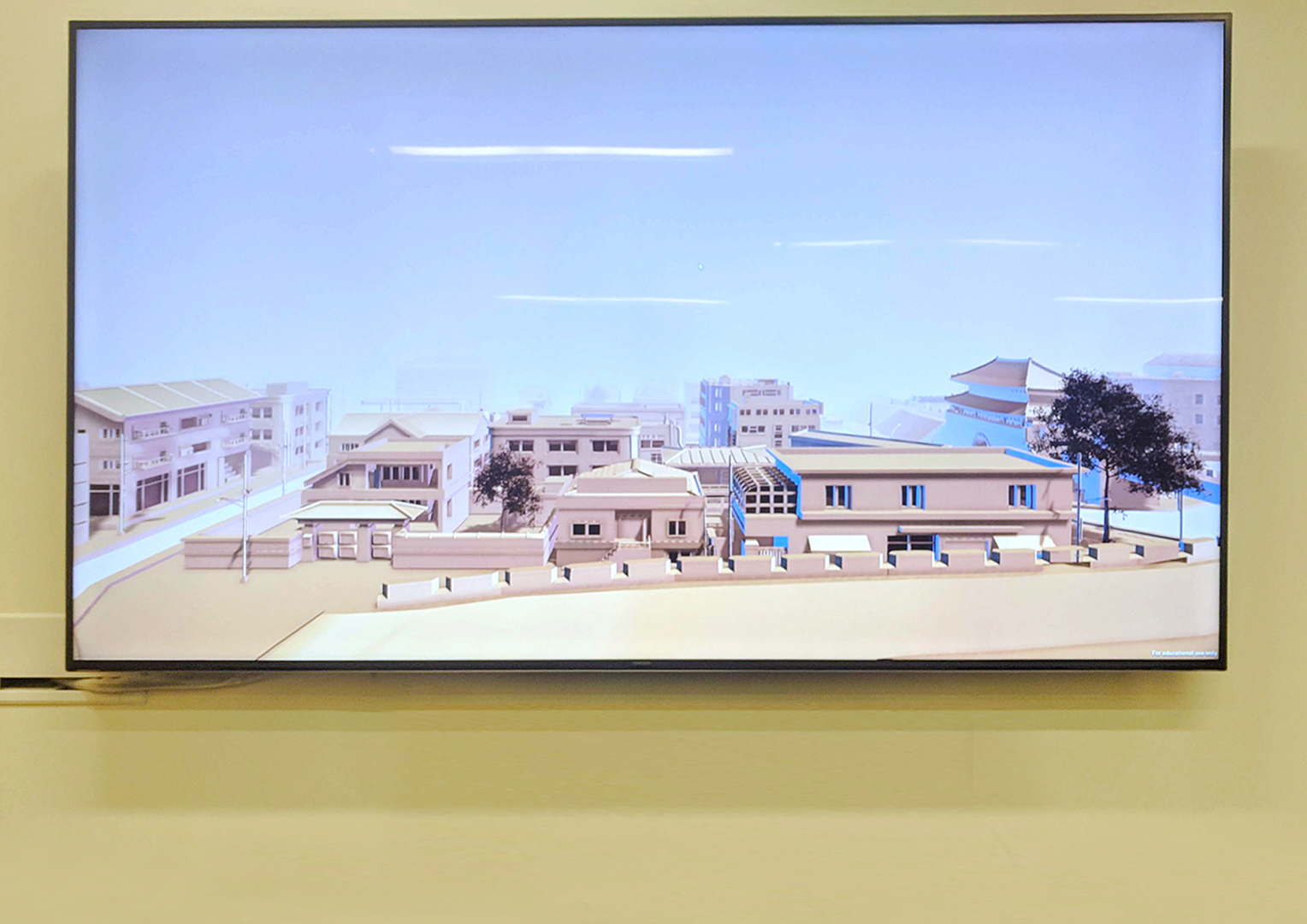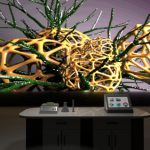Su Hyun Nam: Surrogate Being
Notice: Pod Template PHP code has been deprecated, please use WP Templates instead of embedding PHP. has been deprecated since Pods version 2.3 with no alternative available. in /data/siggraph/websites/history/wp-content/plugins/pods/includes/general.php on line 518
Artist(s):
Title:
- Surrogate Being
Exhibition:
- SIGGRAPH Asia 2020: Untitled & Untied
-
More artworks from SIGGRAPH Asia 2020:
Notice: Array to string conversion in /data/siggraph/websites/history/wp-content/plugins/siggraph-archive-plugin/src/next_previous/source.php on line 345

Notice: Array to string conversion in /data/siggraph/websites/history/wp-content/plugins/siggraph-archive-plugin/src/next_previous/source.php on line 345

Category:
Artist Statement:
Summary
Surrogate Being is an interactive virtual environment exploring possibilities of affective relationships between humans and machines for their sustainable coevolution of human and technology. This work negotiates the discrepancy between memories and digital data of a nostalgic place through the process of recreating the artist’s hometown in Korea.
Abstract
Surrogate Being is an interactive virtual environment, where I negotiate the discrepancy between memories and digital data of a nostalgic place, my hometown in Korea. Interweaving the heterogeneity of algorithmic digital images and affective memories, this project overcomes the binary opposition of humans and nonhuman and the anthropocentric perspective to investigate technology as a coevolving cognitive being and vital actor in the cognitive network. This project explores our experience and understanding of the world living in the Cognisphere – the globally interconnected cognitive system of humans and machines – and acknowledges nonlinguistic forces and experiential knowledge. Such affective dynamics among planetary cognitive beings are largely unnoticed and overshadowed by seemingly explicit and errorless digital information, and this project opens up interplays between tangible representations on the interface and underlying affects.
Surrogate Being bridges the gap between my mind and digital technology and invites participants to navigate the mediated landscape with their curiosity. As memories remain indistinct and disintegrated until we recollect, the landscape is destructed and distorted when no participant is engaged. If a participant is approached the fragmented image and stands in front of it, it turns into a navigable landscape. As s/he moves her/his head to look at the other side of the landscape, the virtual camera in the scene changes its direction responding to the participants’ movement – analyzing the image using computer vision. This interaction suggests a potential depth in this digital landscape we can look into, thus the monitor becomes a portal into a mediated digital-memory space. Furthermore, human and technological cognition become indistinguishable in this mediated space, collaboratively generated by affective memories and algorithmic decisions.
Technical Information:
The virtual environment is created as a mediation of the discrepancy between artist’s memories and digital data of an actual space in Korea. The virtual space, entirely modeled in Autodesk Maya, is navigable as the interactions are designed using Unity Game Engine and Computer Vision. The program analyzes the real-time webcam video of audiences facing the monitor and translates the position of their eyes into the camera position and angle to navigate. When the computer recognizes no audience in front of the camera/monitor, the virtual landscape is algorithmically distorted as a metaphor of the neural phenomenon that our memories are naturally transformed overtime.
Process Information:
Surrogate Being bridges the gap between my mind and digital technology and invites participants to navigate and be a part of the process of resolving the conflicting memories. The representation and interaction is a reenactment of the inexplicable experiences of exploring my own memories. In the same way that memories are dispersive and intangible in our cognitive system when not focused, Surrogate Being displays distorted and indistinguishable images when no participant engages in this project. When a participant pays attention and approaches the fragmented image, it turns into a dreamy landscape of a neighborhood and allows the participant to navigate around the virtual environment with their weightless virtual bodies. They can change the direction by moving their head from side to side, and it responds as you look into a box that contains a constant and infinite virtual world. This natural yet surreal interaction is enabled by face-tracking technology in Open CV with a game engine, Unity 3D. In this process, the game engine guides me and facilitates a resolution of heterogeneous modes of cognition – memories.
Other Information:
Inspiration Behind the Project
The investigation on the relationship between digital and biological memories led me to explore the cognitive disparity and inseparability between humans and machines through this interactive 3D game project, Surrogate Being. I often recalled memories of one specific area in my hometown, where I lived in my childhood, and I believed that the nostalgic image in my mind was intense and concrete. However, when I decided to recreate the place in a virtual space, I realized that the vivid image comes from my reminiscence with various sensory experiences such as the mood, smell, and temperature, not merely from the visual element. Visual references from online, such as Google Street View, were at odds with my memories because crisp and disinterested digital images provided by the interactive map did not evoke the rich and profound feeling I had for the place.
The immersive virtual 3D environment negotiates and mediates the discrepancy between my affective memories and digital data of the nostalgic place. It also embodies the symbiotic cognitive coevolution of humans and machines by weaving the complex and affective mode of awareness in my imperfect yet rich memories with nonconscious information in concrete yet indifferent digital images.










